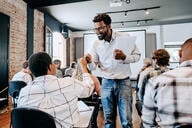You have /5 articles left.
Sign up for a free account or log in.
Students in classes taught by the four U.S. professors of the year don’t sit in a lecture hall and take copious notes. They calculate the impact of a zombie infection, virtually tour crèpe restaurants in France, use algebraic equations to program a robot, and connect course concepts to novel ideas.
The professors teach physics, French and mathematics, and all express passion for helping students make real-world connections with course material. They’ll be honored at an awards dinner tonight, where former students introduce each professor. The students’ testimony about the professors conveys that “what they received from the professor was not just an information download,” said John Lippincott, president of the Council for Advancement and Support of Education.
“What they received was a new way of looking at their own lives, a new way of learning and a new way of approaching the particular discipline they’re engaged in,” he said.
The awards are presented by the Carnegie Foundation for the Advancement of Teaching and CASE. The four 2013 national winners are:
- Robert Chaney (for community colleges), a professor of mathematics at Sinclair Community College in Dayton, Ohio.
- Gintaras Duda (for master’s universities and colleges), an associate professor of physics at Creighton University, in Omaha, Neb.
- Steven Pollock (for doctoral and research universities), a professor of physics at the University of Colorado at Boulder.
- Ann Williams (for baccalaureate institutions), a professor of French at the Metropolitan State University of Denver.
Make It Real
Robert Chaney’s algebra or statistics students might question why math matters in the real world at the beginning of the semester, but by the end of the term they’ll understand -- after using math to study a personal hobby, program a robot or start a mock company. 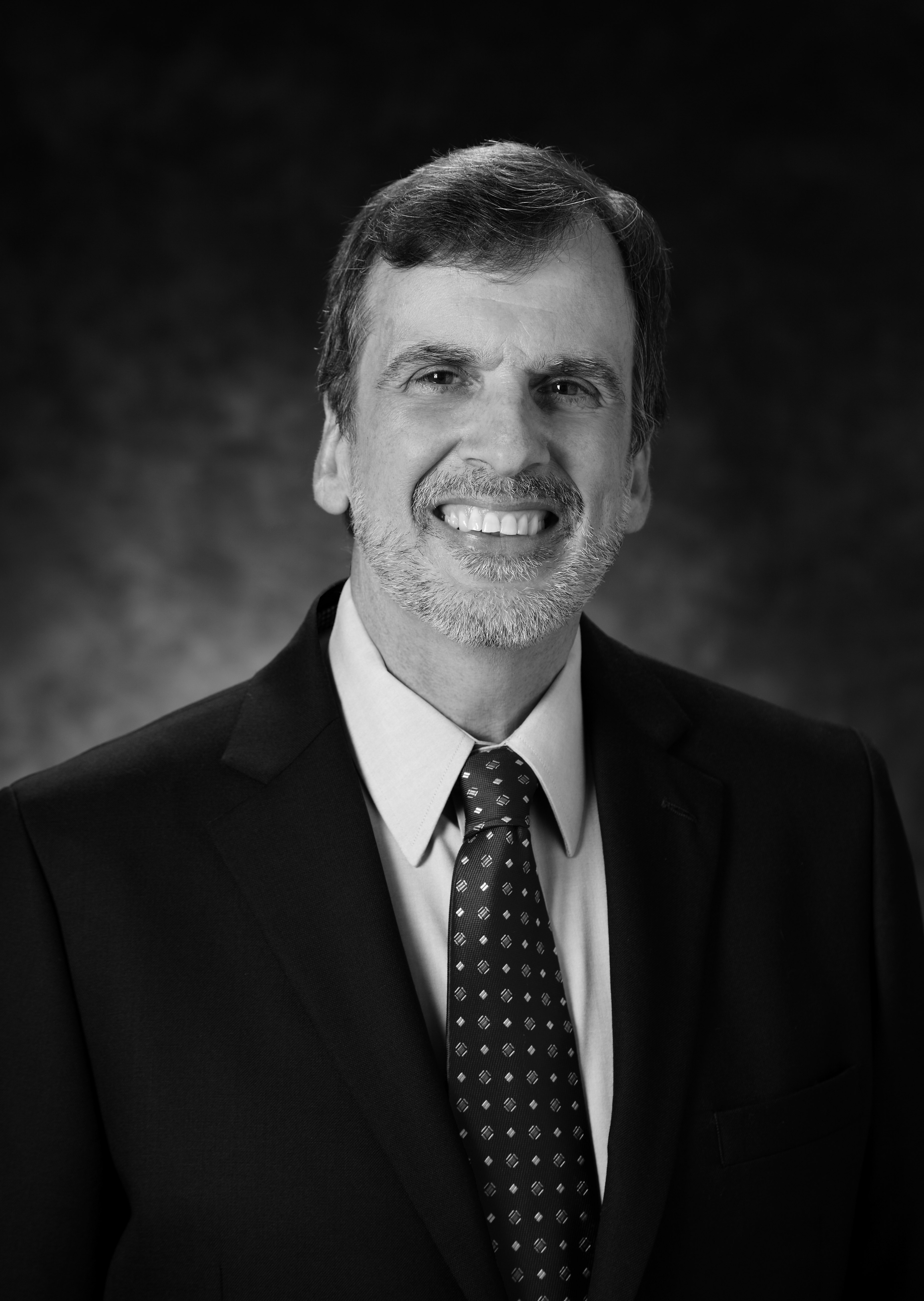
Chaney, a professor of mathematics at Sinclair Community College, has a simple teaching philosophy: make math real for his students.
“I want them to look at real-world problems and be able to see math as something that is helpful and useful,” said Chaney, who teaches algebra and trigonometry courses, as well as business statistics and math for engineering students.
He uses real world examples to help students connect with math, but he’s careful not to do away with traditional teaching strategies, a lesson he learned early in his career. Chaney was tapped to instruct an activity-based intensive program for those who were unemployed because they lacked technical skills. Chaney’s students were engaged and motivated, but when he gave a traditional exam students did not do as well as anticipated. It was hard for them to connect to the concepts in the exam after focusing on the projects, so he decided to reevaluate the curriculum and add in some traditional approaches.
“I got here at Sinclair and I started to become a student. Not only a teacher, but a student,” he said.
He balances his concept-based lectures with activity-focused assignments to give students an understanding of mathematical concepts they’ll need for future courses and to relate new skills to real-world situations. In one class, students use algebraic functions to program a calculator-controlled robot called SAM (which stands for "science and math").
“They see algebra working right before them and it puts meaning and definition behind the algebra,” Chaney said.
Through his work with Math Machines, a nonprofit he started with a colleague, Chaney is helping educators at high schools and community colleges create control devices, like SAM, and build lesson plans for science, math and technology courses.
His Students Are Scientists
It was around Halloween in 2010 and AMC’s television series “Walking Dead” had just premiered. Creighton's Gintaras Duda decided to take a different approach to teaching differential equations. Imagine there’s a zombie apocalypse, Duda told his students. What equations could they use to measure the spread of a zombie-like infection?
The unit was Duda’s first attempt to stray from traditional lectures, problem sets and group work, and his students loved the approach. He’s been a proponent of project-based learning since then. When a class meet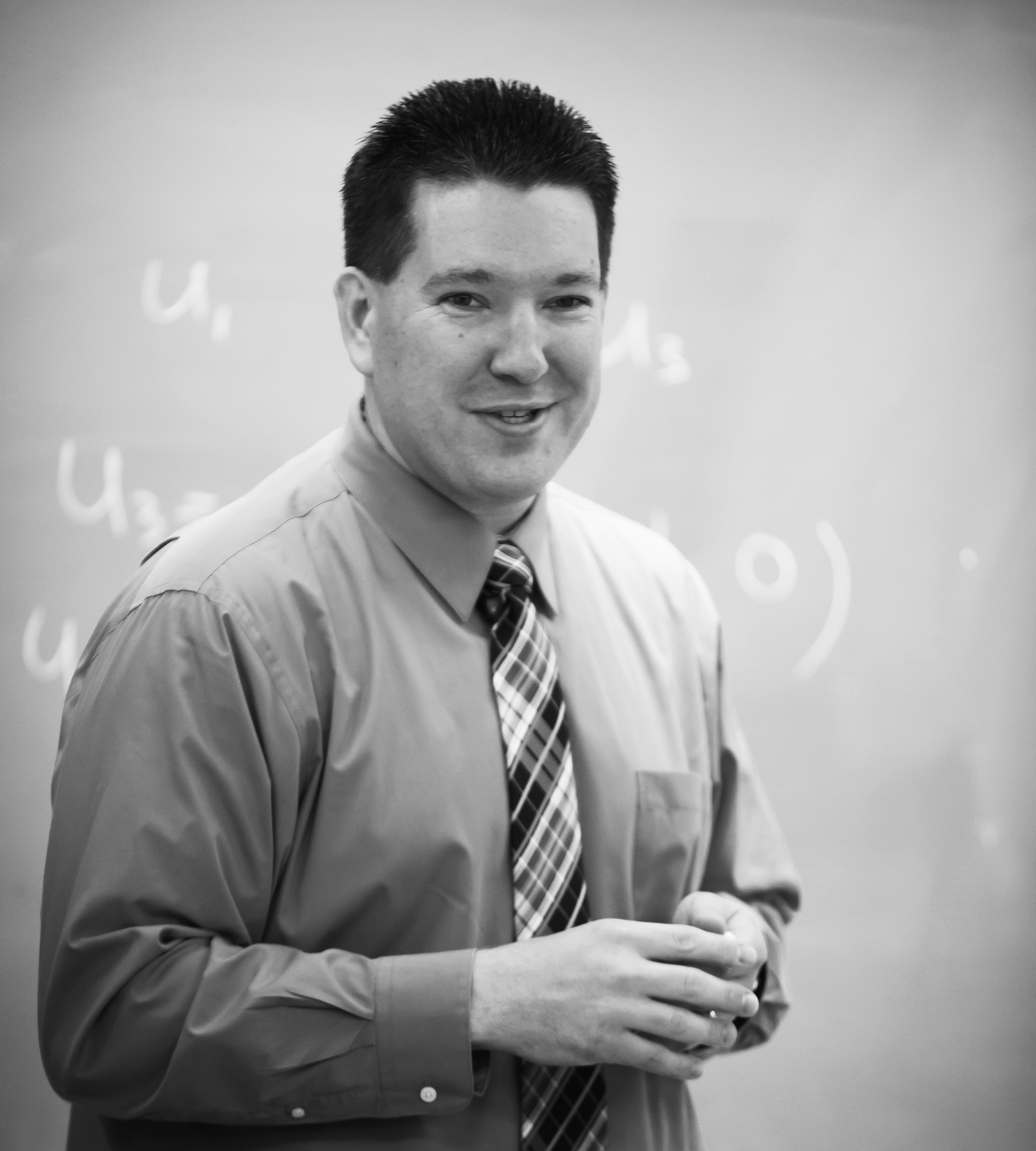 s for the first time, Duda outlines what they’ll be learning. It’s the first and only lecture-style class period he teaches.
s for the first time, Duda outlines what they’ll be learning. It’s the first and only lecture-style class period he teaches.
After that, his students use equations to figure out the logistics of launching a rocket to prevent an asteroid from crashing into earth or head to the gymnasium to launch tennis balls and basketballs to measure how different objects fly with air resistance.
The projects are meant to be entertaining, but they have real-world implications. Scientists don’t work in a lecture hall, and Duda wants to train his students to think and act as physicists.
“One thing that’s guided my teaching is that the way we teach science is not the way we do science,” he said.
Bright students have been conditioned to sit in classrooms, dutifully complete assignments and memorize concepts and information for tests, so when they’re challenged with Duda’s problems they’re often hesitant, he said. But he’s firm in his approach. Scientists solve problems and he’s training his students to work as scientists and to understand the process of scientific problem-solving.
Duda invites students to contribute to his research on physics education and dark matter. He has published papers with his students and wants to introduce them to the world of conference presentations, grants and research.
“I’ve really come to enjoy the way I’ve been working with students in the teaching role,” he said. “It’s much more of a mentoring role instead of an explicit authority.”
A Scientist and Storyteller
The Colorado-Boulder physics professor Steven Pollock follows a simple equation for his advanced physics classes. For every 50 minutes of instruction, he throws in three to six puzzlers, asking students to articulate how new material connects to previously covered concepts, to answer clicker questions or to gather in small groups to debate before a classwide discussion. When students connect ideas by themselves, they’re more successful learners, he said.
“What we want is for these equations to be telling stories,” he said. “Equations are relationships between things that tell stories about the world.” 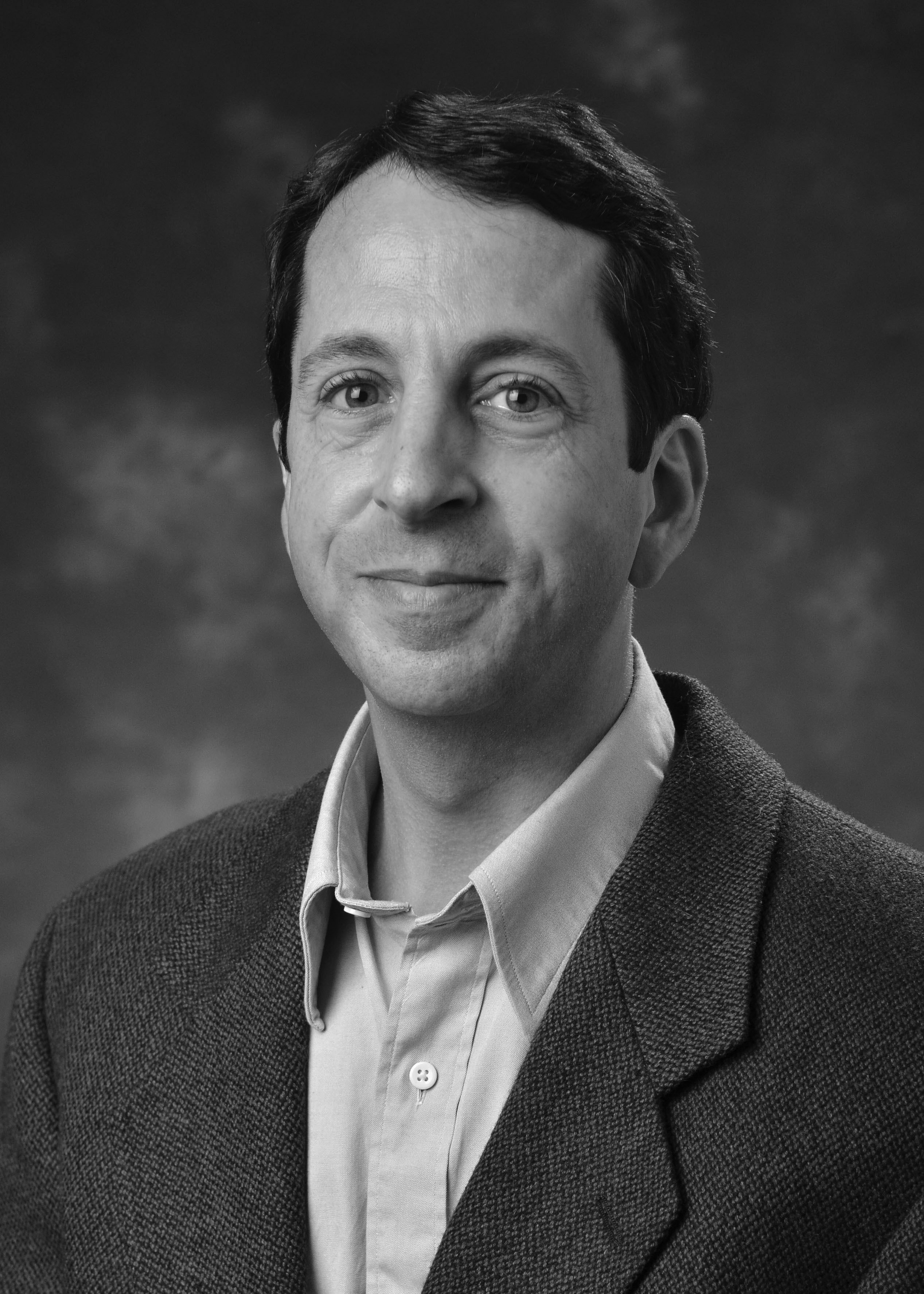
In his classroom, Pollock is both a storyteller and a scientist. He researches physics education and his lessons are often formed by what he learns. His goal is to create a learning environment in which students make sense of ideas by themselves as opposed to reciting a lecture. Currently, he’s teaching an upper-level class on electromagnetism.
As a scholar, Pollock studies the difficulties physics majors encounter in upper-level classes to fill “a gaping hole in the research literature.” Previous scholarship in physics education -- a relatively new field -- focused on transforming larger, introductory classes, he said. He’s interested in understanding how students connect mathematical skills with physics concepts, and he interviews students, observes classes and develops student surveys to gauge what teaching approaches are most effective and engaging for physics majors.
And his students are not the only beneficiaries of his research. Pollock was a part of a group of faculty members that reviewed in detail the learning goals of about six classes. The group outlined the skills they wanted students to grasp at the completion of the course. Then, they compiled resources that professors use for each class, including in-class activities to homework and exams, so professors teaching a new course can short-circuit the trial and error of designing lessons.
All teachers come to realize which concepts students struggle with in a particular course, and shared resources allow young faculty members to build on past success and circumvent others’ failures, he said. The resources are available online and have attracted the attention of faculty from other universities, he said.
Take Risks, Make Mistakes, Learn
Ann Williams, a professor of French at Metro State in Denver, was having lunch with a colleague from the earth sciences department who mentioned that he used Google Earth to teach geology. At the time, Williams was carting a suitcase full of items from France, including maps, menus, brochures and still photos to show students the country.
So she began to use Google Earth to introduce France’s streetscapes. During a trip to France, she captured 360-degree pictures of semi-private spaces, including restaurants, shops and apartments, to create virtual tours. Students can find "hot spots" embedded in the program, like a video explaining why there’s a regional version of Coke when they click on a soda can at a crèpe restaurant.
Williams fell in love with French after she was awarded a fellowship to study in France after her college graduation. She was a lousy French speaker, she said, but “something clicked.” 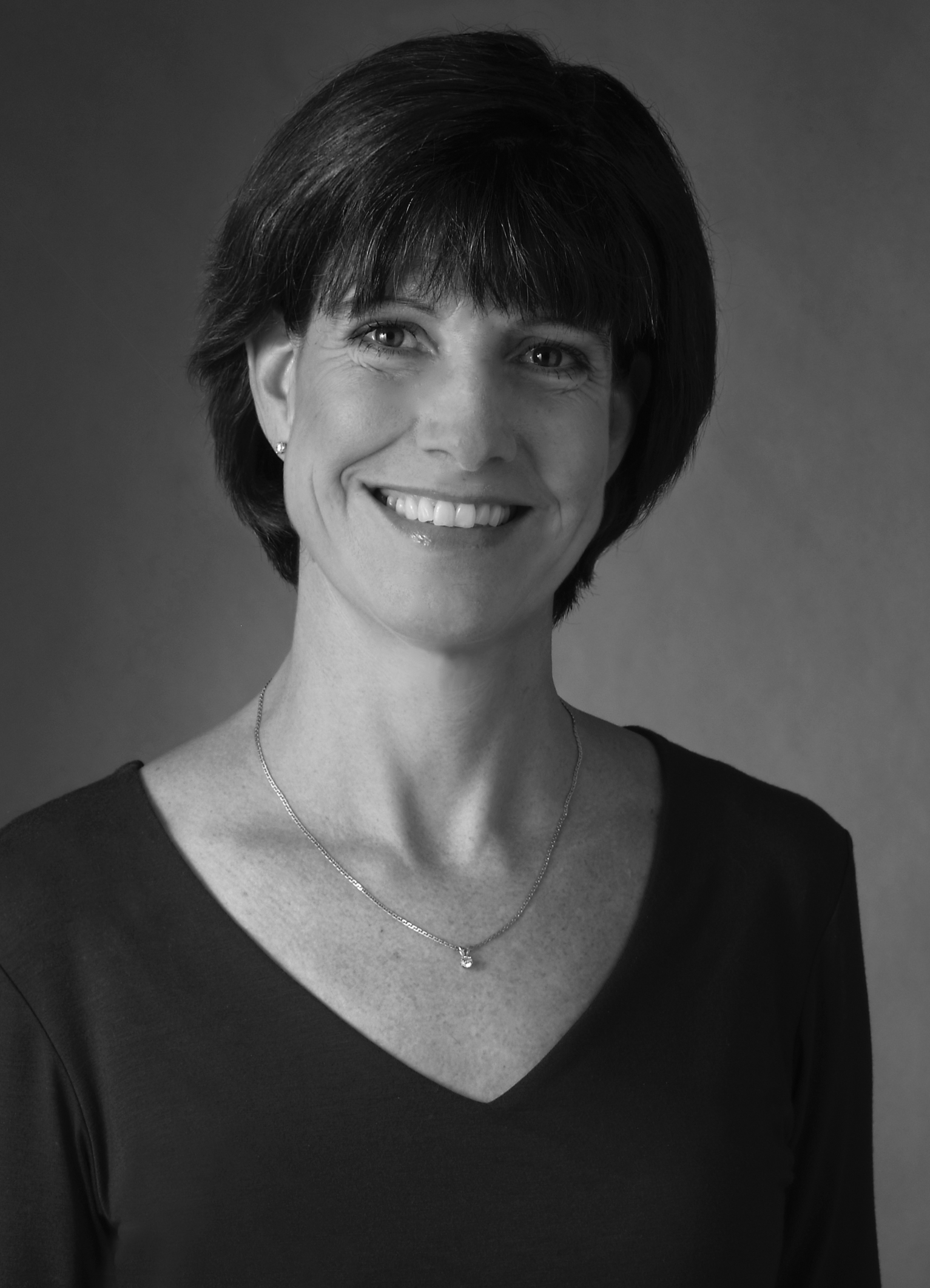
“I saw that although people were facing the same issues I was facing as a young person, strategies were different in France and answers to questions were different,” she said. “The way the French thought about things showed me I didn’t have to stay locked into my ways of thinking.”
Williams has been teaching French language, literature and culture classes at the Metropolitan State for 24 years and has written four textbooks for students. She also created a capstone course for seniors, which allows students to follow their own interests while expanding on prompts provided by Williams.
She loves watching her introductory-level students “get so excited about the progress they make,” and worries that too many university students shy away from foreign languages because they’re afraid of making mistakes. Misspeaking is inevitable in learning a new language, she said, but teaches students to negotiate and move past a mistake, a skill valuable outside of French class.
Williams is passionate about the value the humanities provide beyond course content. Learning French requires risk-taking, communication and collaboration skills, creativity and commitment.
“It provides so many things that students can integrate in their own learning and apply outside of work and school,” she said.

